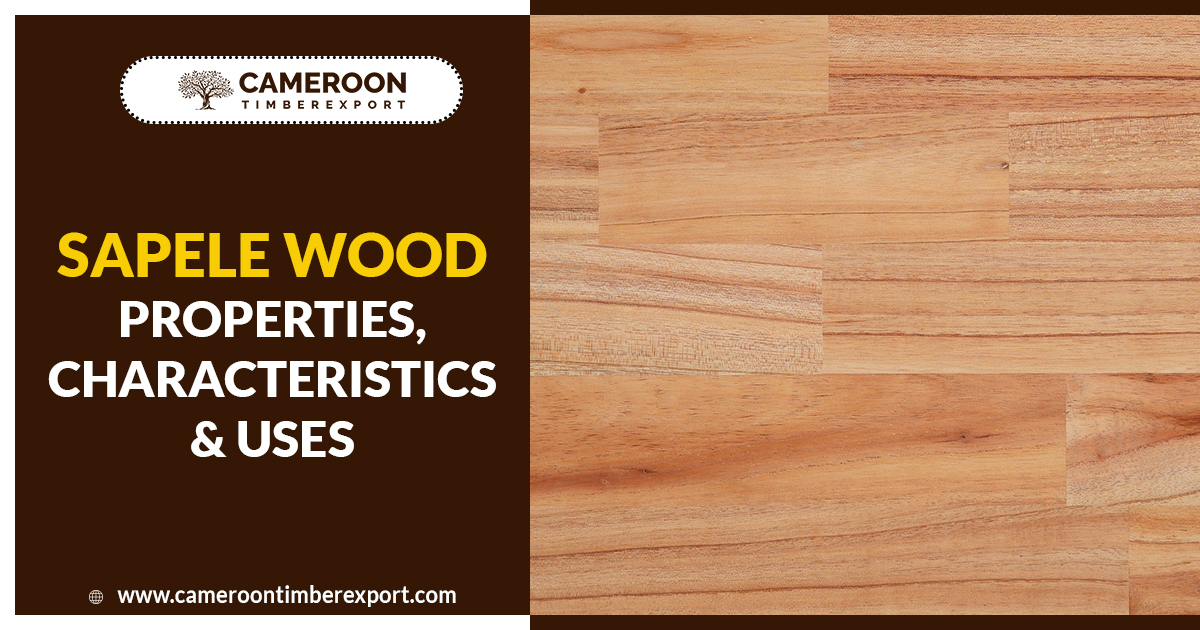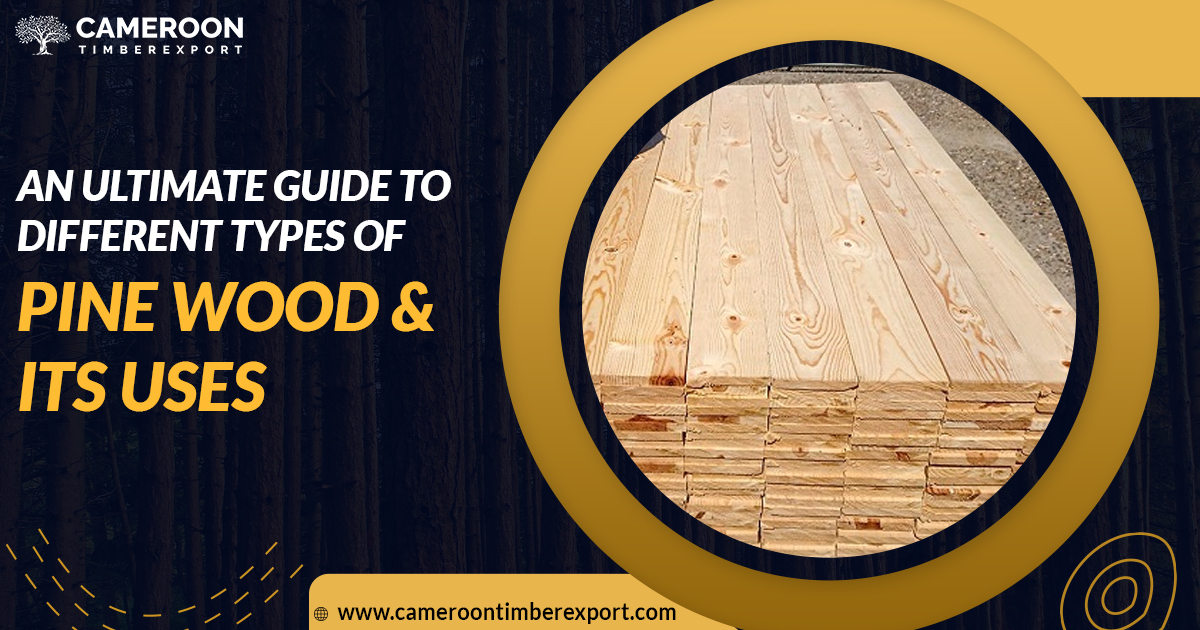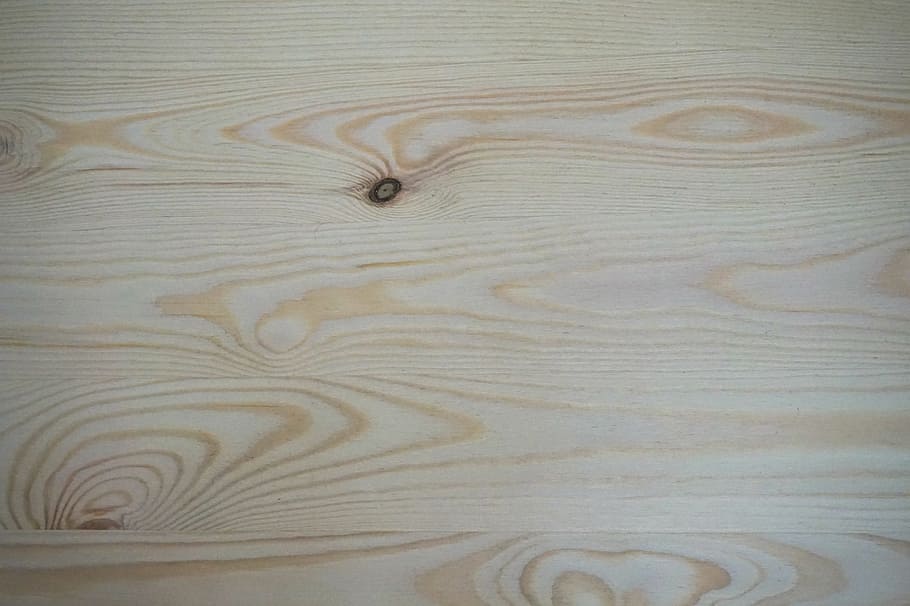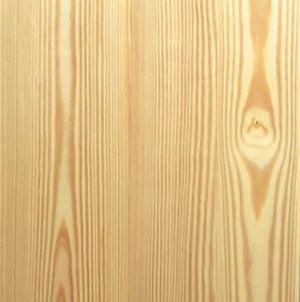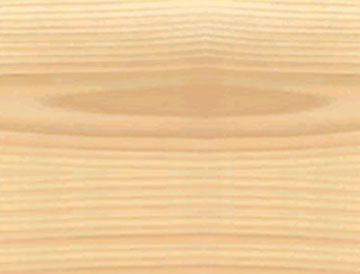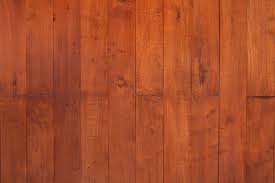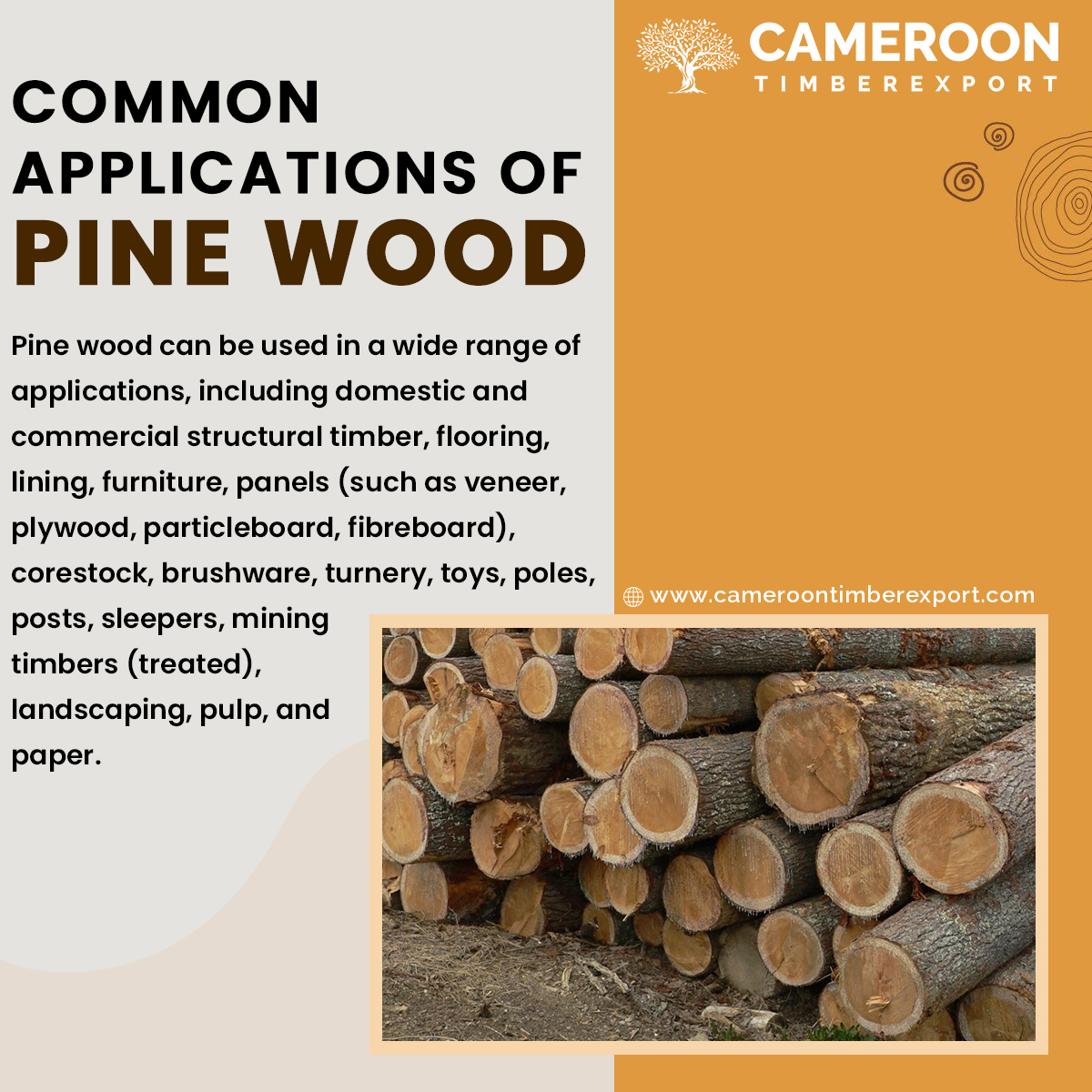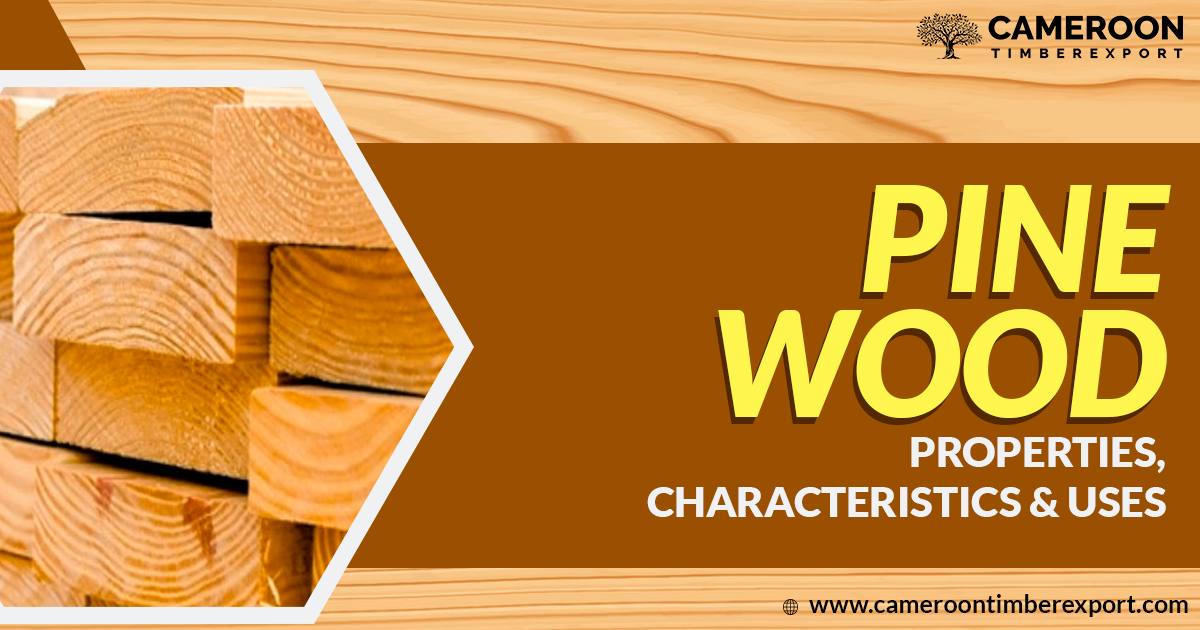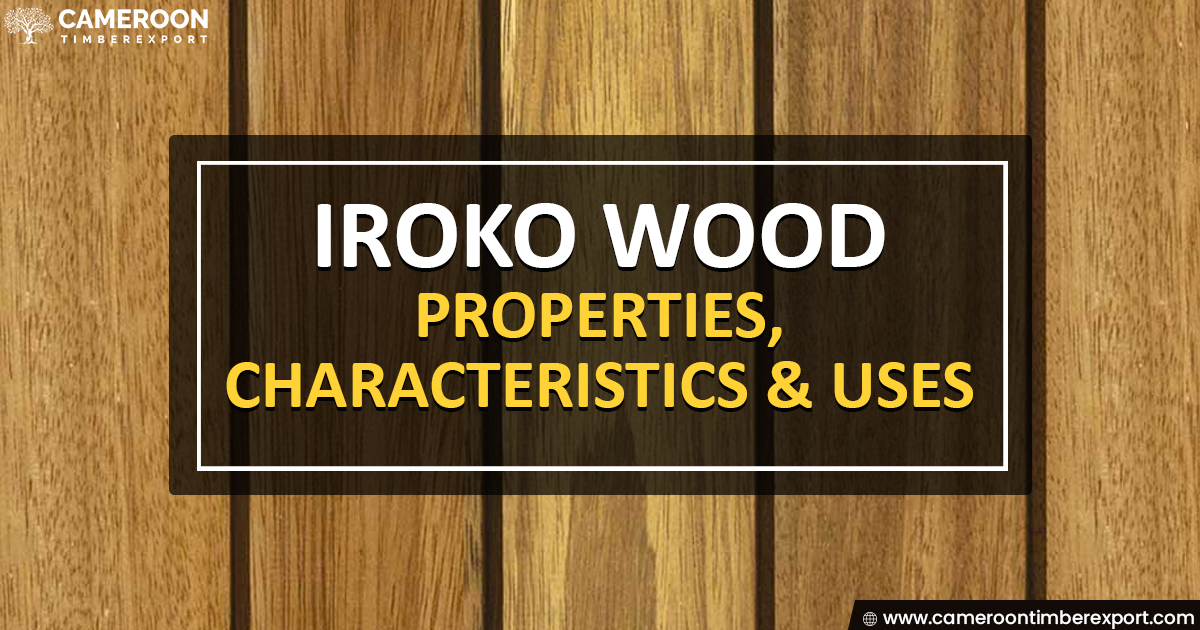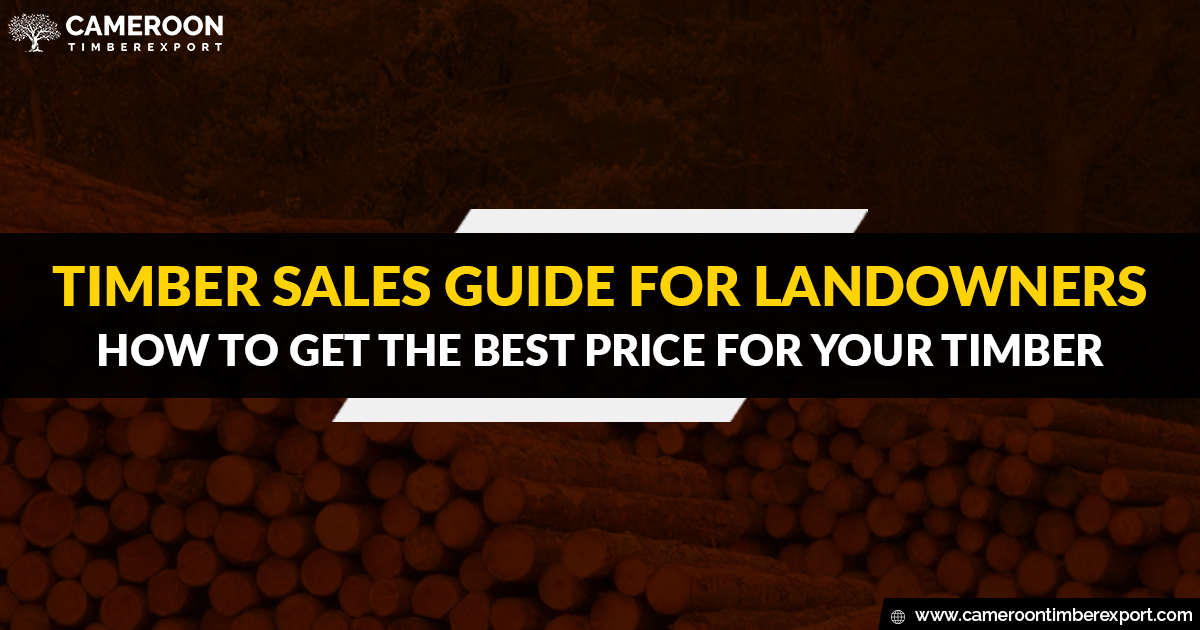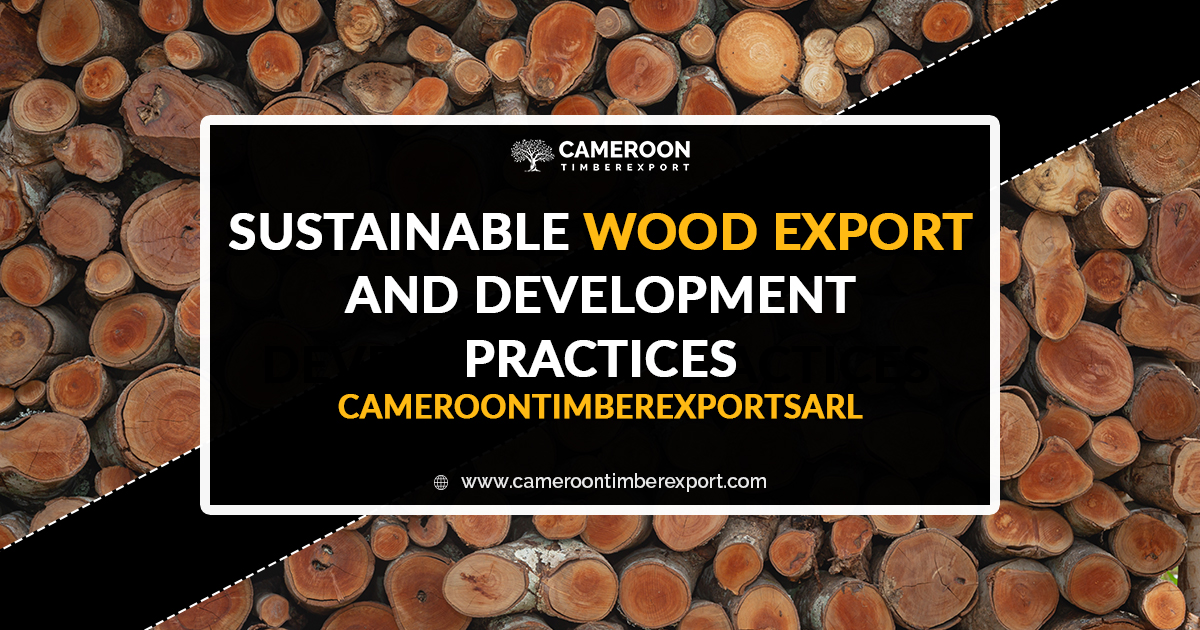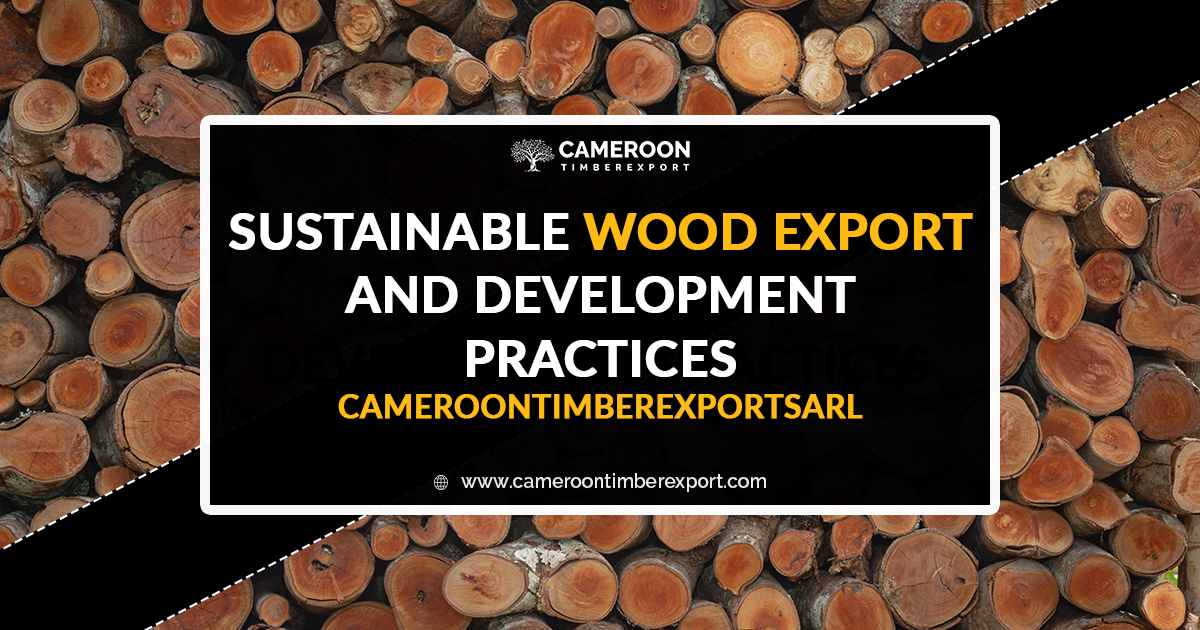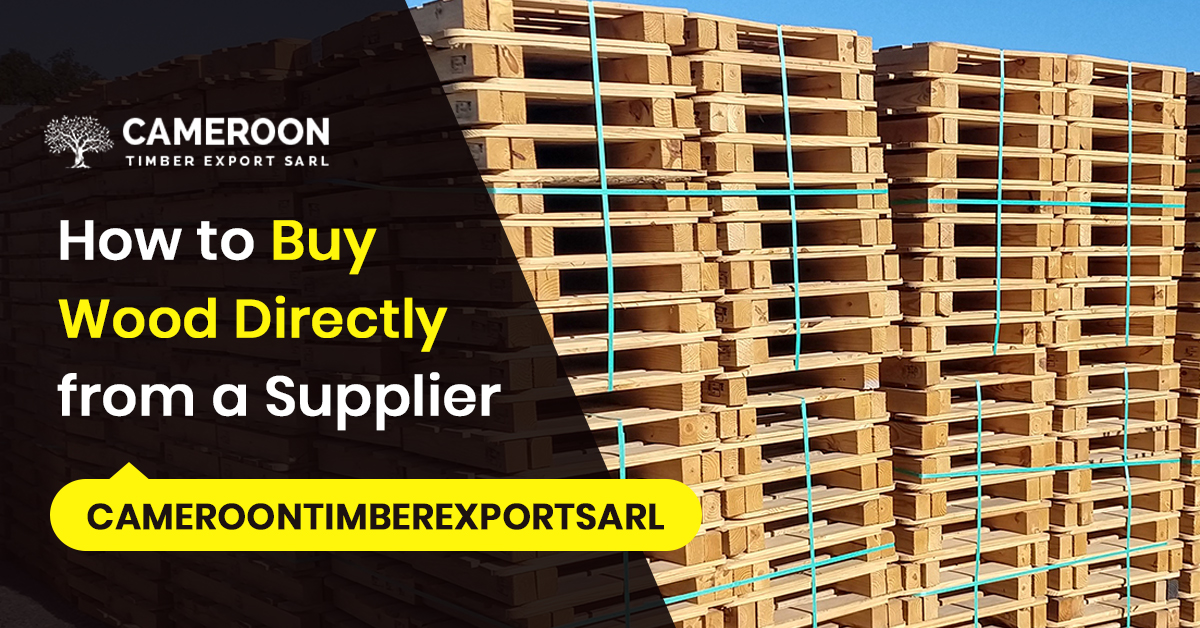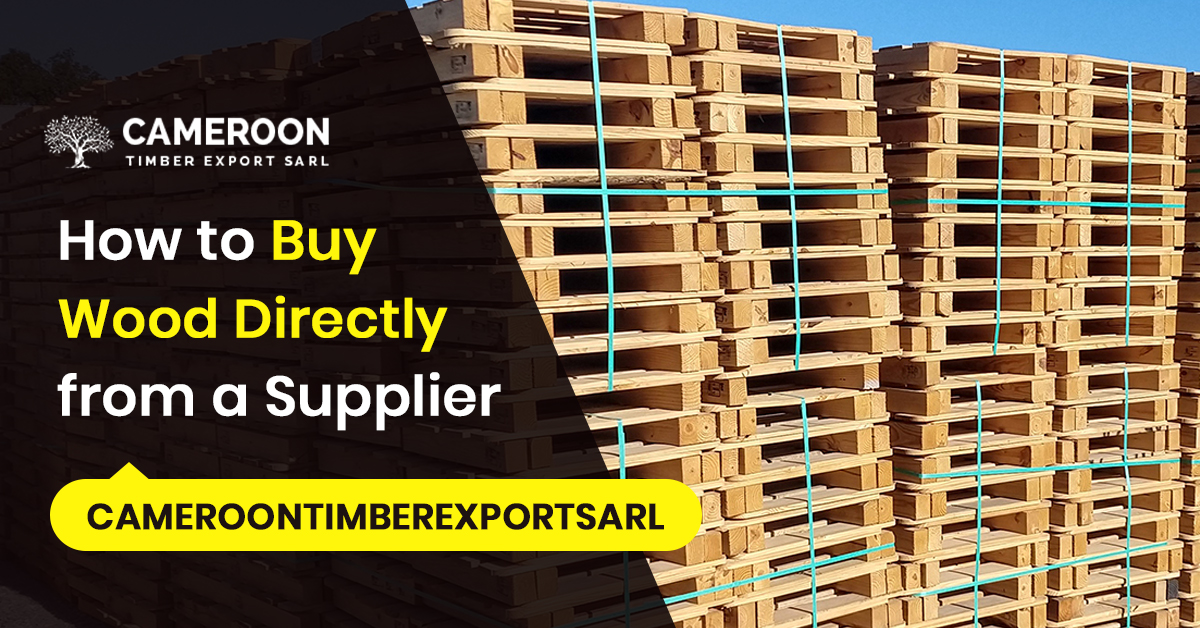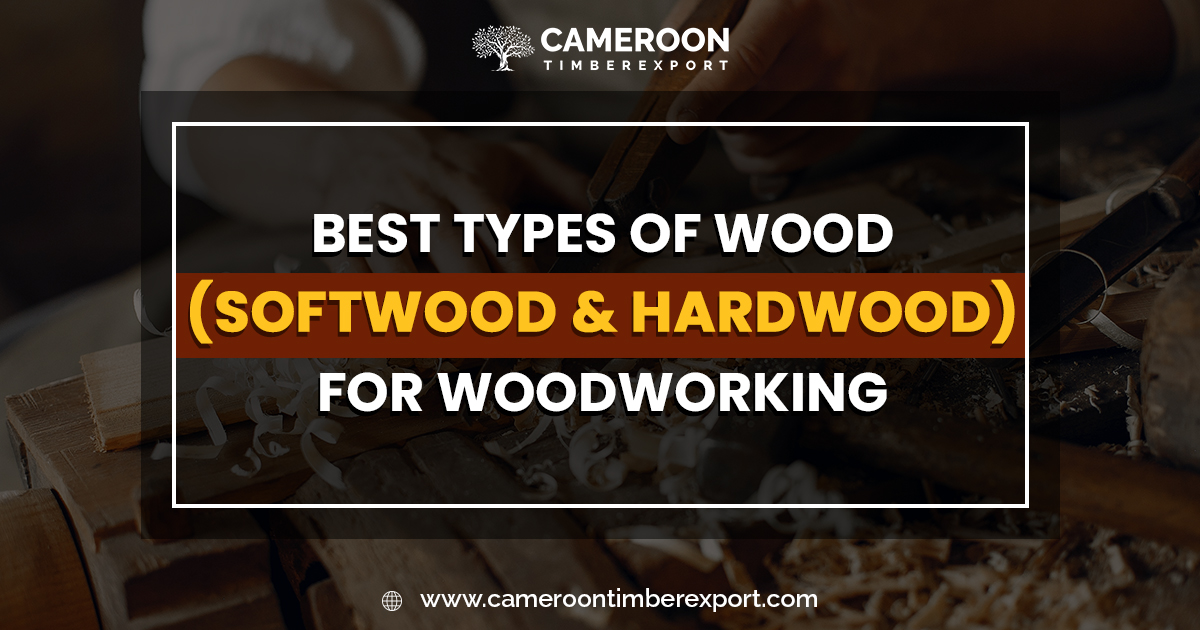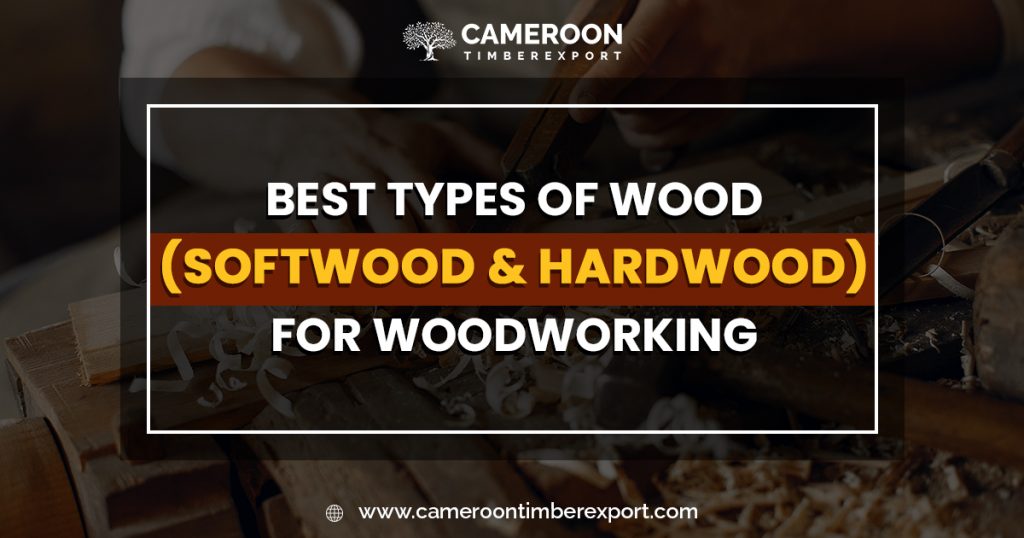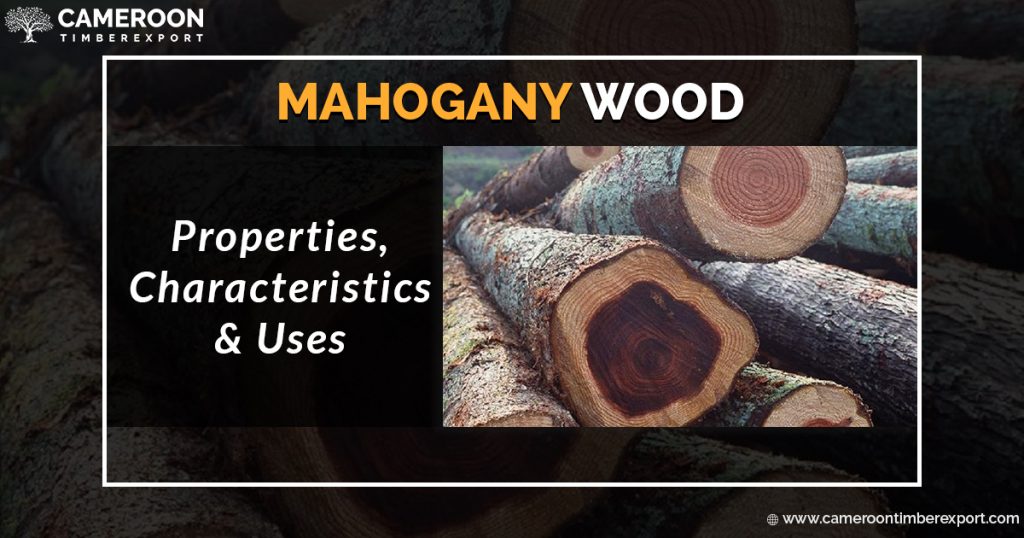Sapele was not so popular until the governments worldwide put an outright ban on the commercial exploitation of Mahogany, which is one of the world’s most popular and rare timber species. Not only Sapele is similar to Mahogany in terms of properties like color, strength, etc. but also it’s much cheaper and readily available, which makes it a viable alternative for industrialists and woodworkers worldwide. Same as Mahogany, Sapele can be used for a range of interior and exterior woodworking applications.
If you are here, you are probably looking to know more about Sapele wood properties, including the timber characteristics and uses.
Sapele Wood: Distribution and Basic Properties
Sapele belongs to the same botanical family as Mahogany and comparisons between mahogany vs sapele are made as they shares similar characteristics in terms of color, workability, etc. The distribution of Sapele trees is largely limited to West African countries including Ghana, Nigeria, and Tanzania. The Sapele can grow to a maximum height of 100-150 ft (30-45 mt) and have a maximum trunk diameter of 1.5 m.
As mentioned before, most of the characteristics of Sapele are similar to that of Mahogany. These include the heartwood color, which is golden to dark reddish-brown and darkens with age, durability, and grain patterns. Because of the interlocking grains, Sapele can be relatively difficult to work with and can result in tearouts during machining operations like planing and routing.
Color & Appearance: Sapele heartwood is dark reddish-brown and gets darker with age. The interlocking grain pattern of Sapele wood can cause the heartwood to have ribbon patterns along with a variety of other figured patterns, such as wavy, quilted, and pommele. This dramatic figurative pattern is what makes Sapele an exotic looking timber.
Texture: The Sapele heartwood has a wavy, but fine uniform texture due to interlocked grain patterns, which are clearly visible on quartersawn timber and veneer. However, these anomalies in the texture can make it difficult to cut or mold the wood using machines.
Resistance: Because of similarities to mahogany, Sapele is also quite durable and has decent resistance to rot, insect, etc.
Other Physical and Mechanical Sapele Wood Properties
- Janka Hardness – 1,410 lbf (6,280 N)
- Average Dried Weight – 42 lbs/ft3 (670 kg/m3)
- Specific Gravity (Basic, 12% MC) – .50, .67
- Crushing Strength – 8,750 lbf/in2 (60.4 MPa)
- Modulus of Rupture – 15,930 lbf/in2 (109.9 MPa)
- Elastic Modulus – 1,746,000 lbf/in2 (12.04 GPa)
- Shrinkage: Radial – 4.8%, Tangential: 7.2%, Volumetric: 12.8%, T/R Ratio: 1.5
Availability and Price
Even though Sapele has been placed on IUCN Red List because about 20% of the wood population was lost in the past few decades, it’s still the easiest and cheapest available variant to Mahogany. From CameroonTimberExport, you can buy African Sapele slabs, logs and timber form at the lowest price in the market with guaranteed on-time delivery to your location anywhere in the world.
Primary Uses of Sapele Wood
The above listed sapele wood properties makes it usable for a variety of woodworking projects, including as a high-quality and good looking replacement to Mahogany. Some of the best examples of Sapele timber applications include making fine furniture, boatbuilding, turned objects, cabinetry, paneling, flooring, veneering making, doors and windows, outdoor furniture, musical instruments, countertops, beams, and specialty items.
How to Buy Sapele Online (At the Lowest Price)
If you are looking for the best place to buy Sapele lumber, timber or veneer online at the lowest price with location shipping, contact CameroonTimberExportSarl. We are Africa’s leading exporter of top-quality sapele wood logs and timber and ship to most locations around the globe.
Contact us today to know more about our Sapele wood specifications, dimensions, quality, availability and price.

